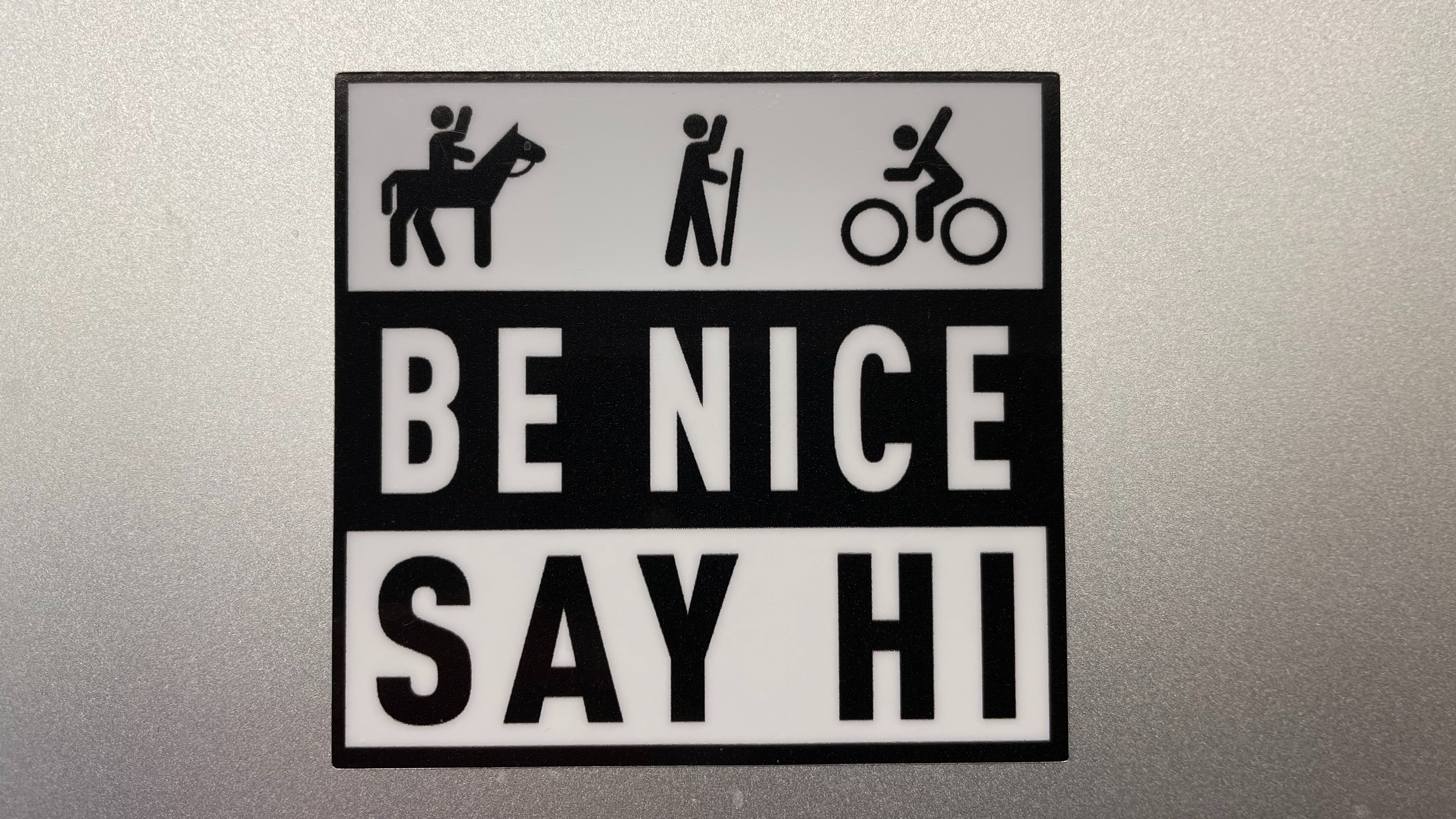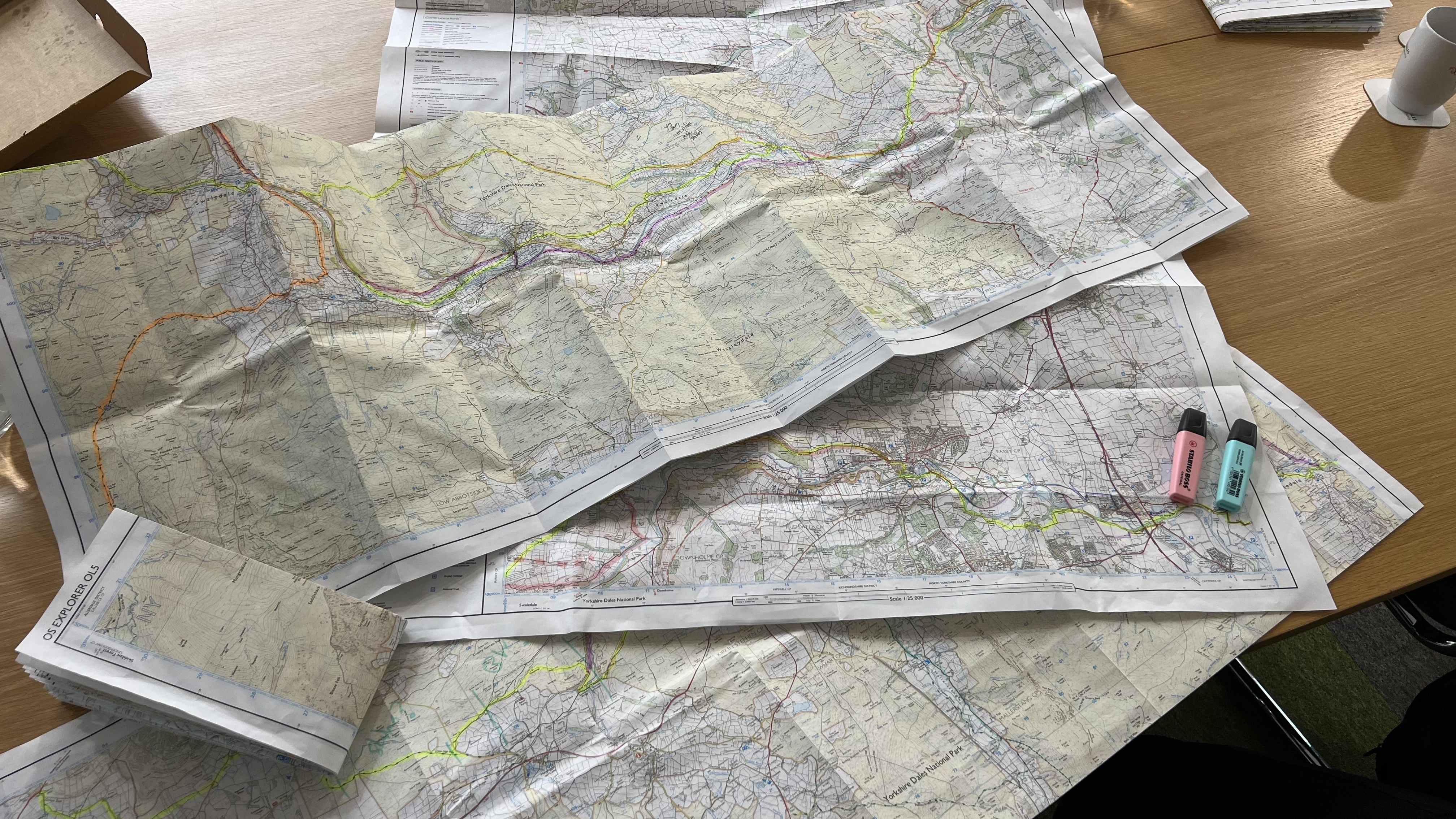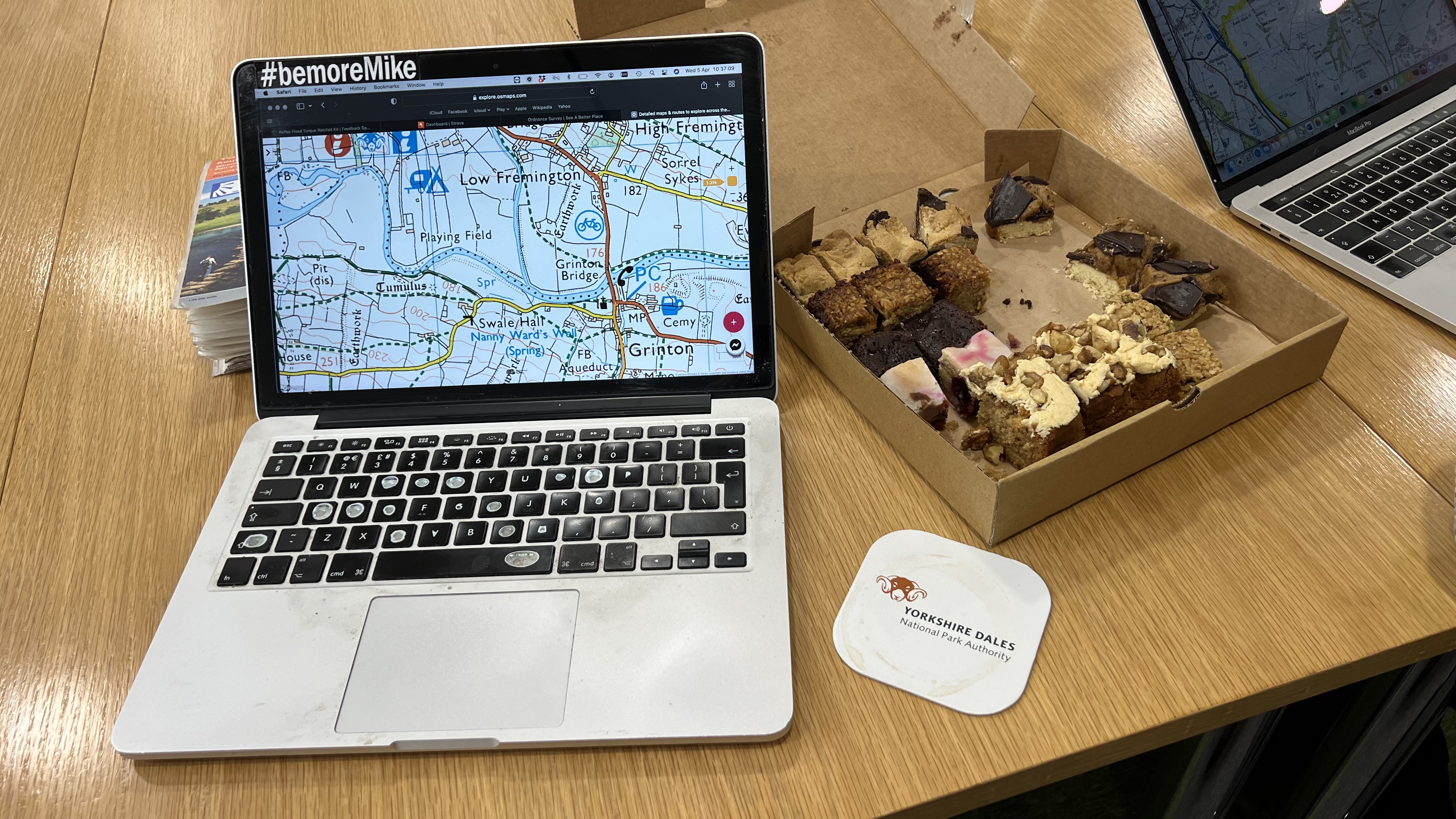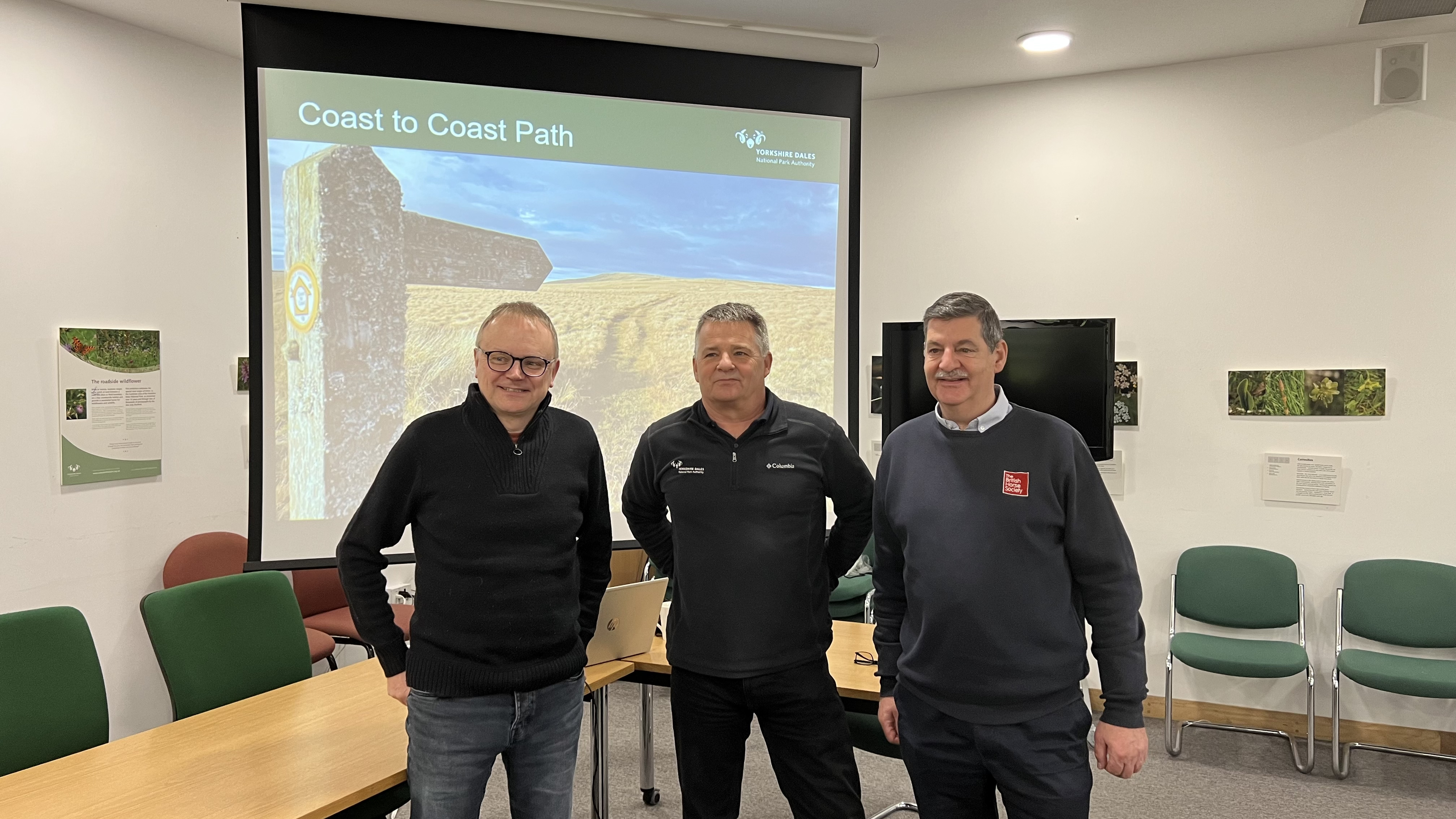
Horses for courses
Now before you think I’m going mad siding with the heavy hoofed brigade who sometimes stamp dirty great holes in trails, let’s get into some equine education. While we might be crossing the countryside in seemingly very different ways, horse riders and bike riders have essentially the same access rules, with a right to use bridleways as well as restricted byways and BOATS (Byway Open to All Traffic) and unclassified roads (shown as ORPA on Ordnance Survey Maps). This leaves us much better off than motorised off-roaders. We’re still a long way behind walkers who get to use the far bigger footpath network as well as having the right to roam in some areas.
The trouble is these legal rights of access are not only under constant threat from landowners wanting to reduce access for various reasons. There are also tens of thousands of routes that we should be able to access but currently can’t. That’s either because they’ve been recorded wrongly on the ‘definitive map’ or because they’ve been downgraded from previous greater levels of access. And if any of you have looked at a map and found bridleways that become footpaths or just vanish in the middle of nowhere, stone tracks that are clearly roads but only legal for walking etc, you'll know exactly what I mean.
The process of getting these wrongs righted is not only suffering from a massive backlog. There are currently 7,000 DMMO (Definitive Map Modification Order) applications waiting to be processed and then a huge number of historically evidenced routes that are still waiting to be submitted. And that’s before you add the tens of thousands of routes that have been used by bikes or horses for over twenty years and now can potentially be claimed as legal access.

Giddy up
And if you’re wondering why this sudden affinity with those who use stirrups and stables has come from, it’s because I’ve sat around a table with key equine campaigners twice in the past few weeks. That’s because both Cycling UK – who I do some route planning/animating/guide writing work for – and the British Horse Society have joined forces to create a hoof and wheel legal version of the proposed Coast to Coast National Trail. That comes on the heel of them both mounting a combined legal challenge over the fact the initial route was solely focused on ramblers. That’s a direct contravention of English Nature’s and DEFRA’s supposed duty to allow access for as many users as possible. As a result they had to back down and open up consultation on a ‘braided’ route that would follow the proposed walking route from St Bees to Robin Hood’s Bay as much as possible. But by using the existing rights of way network and adding some upgraded or freshly created sections to increase legal horse and bike access from 40 to 100 percent.

Stablemates
I’m not suggesting this co-operation is anything new and Cycling UK and the BHS in particular have been stablemates for years. What really surprised me was how far the horse folks were prepared to push the access point to happily anarchic levels. In fact it was a joy to spend time chatting to one determined senior campaigner with a wicked glint in her eye as she pointed out a few of well over a hundred DMMO orders she’d pushed through in her time. Sometimes by chasing land agents around her kitchen table, or harrying them with multiple legal claims until they agreed to access she was campaigning for. Other BHS officers (yes they really are that well organised, which puts us mountain bikers to shame) had several hundred successful changes to the access network under their belts already and clearly were intent to add many more. Literally rubbing shoulders with the countryside cavalry as we pored over maps with marker pens using our combined local knowledge to assess which way to take the route across various Moors and Dales was both massively uplifting and massively useful.
The amount of common ground in terms of diversity of demographic (actually horse are way better than MTB in this respect), love of being outdoors, practical needs on a multi day route and a shared love of cake and pubs shouldn't really have been a surprise, but it was very valuable to have it made so obvious. I also learned a lot about what a determined horse and rider can comfortably navigate and in return they opened their eyes to what works or doesn’t for us. And while we both acknowledged that both our user groups didn’t always behave as well as they could and both can potentially cause trail damage that affects the others, the overall atmosphere was really mutually appreciative.

Charge of the access brigade
Both meetings were also attended by the heads of the National Parks in question (Yorkshire Dales and North Yorks Moors) who clearly found it massively useful to be able to talk to both user groups simultaneously. Not only that but the proposals that were produced from each meeting gave us results that both groups were really happy with and there’s a great sense of co-operation going forward.
Once the maps were away I had some great conversations about how BHS were engaging with MTB-ers on local levels to get them to provide evidence for route use and right of way claims. This turned into ideas on how we can get the two wheeled community more engaged with lobbying, recording and campaigning for rightful access as enthusiastically and effectively as the six legged cohorts.
That’s something I’ll be going deeper into and hopefully saddling up some kind of bugle call to charge on shortly too, once I’ve had longer to think about how best to do it (besides joining Cycling UK). For now though I just want to return your thoughts back to the title of this piece. When it comes to being able to ride in more places and find friends in a perhaps unexpected part of the outdoor user community, the next time you meet a horse rider, don’t just “Be nice, say hi”. Give them the recognition they deserve for the role they’re playing in making the countryside more accessible for everyone and “Be nice, say thanks”.







